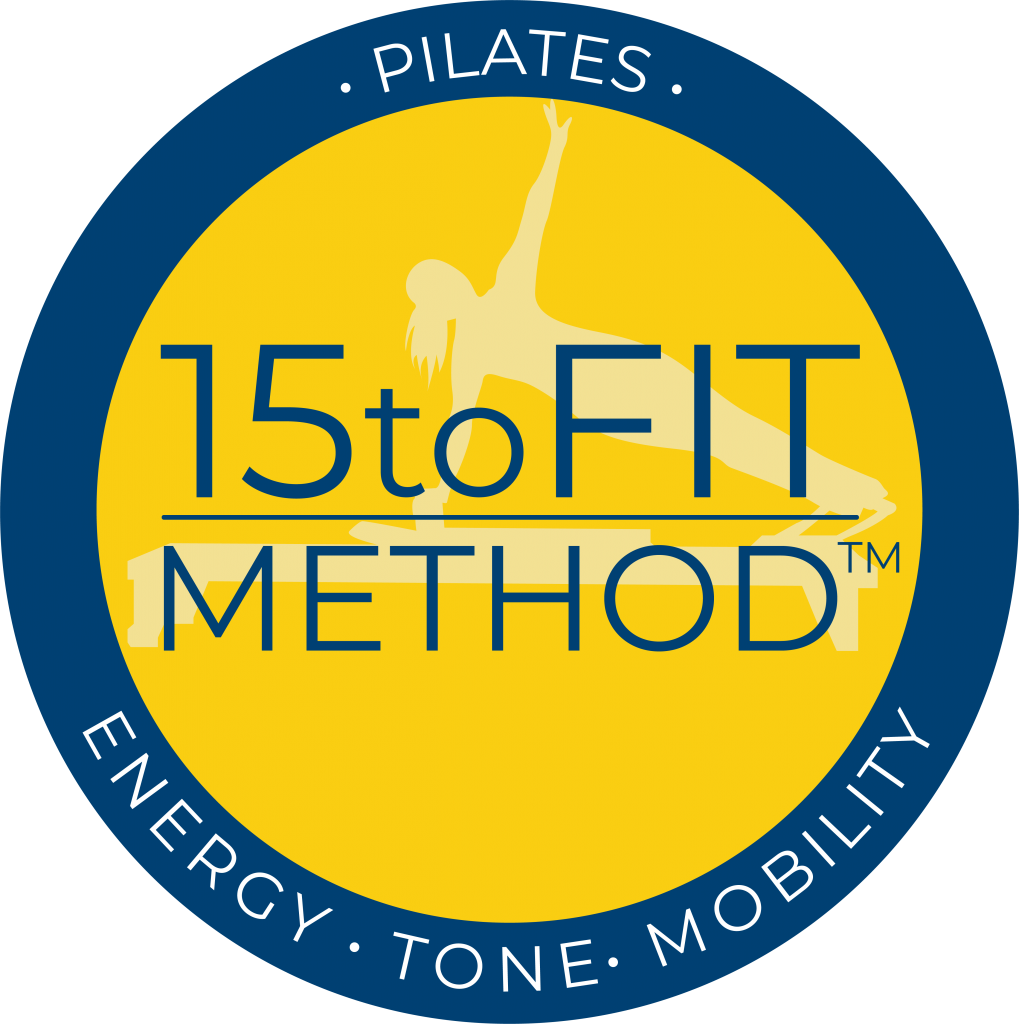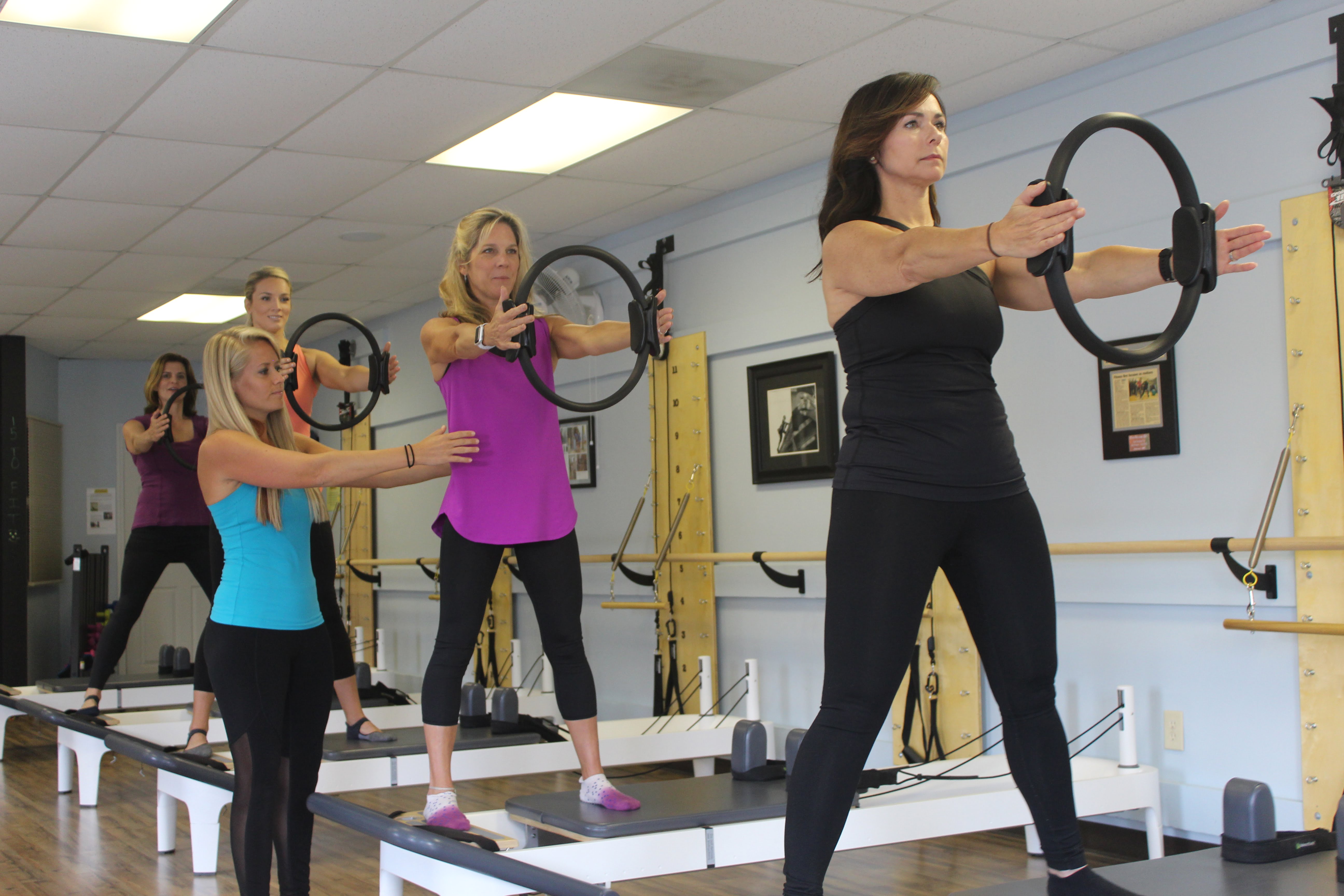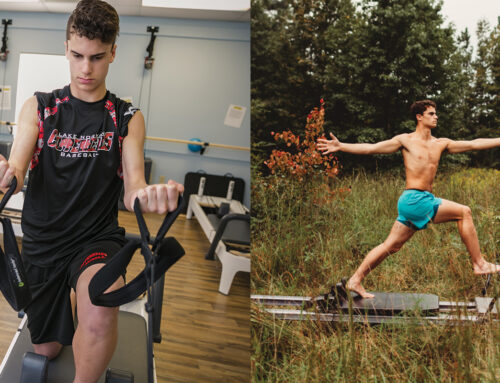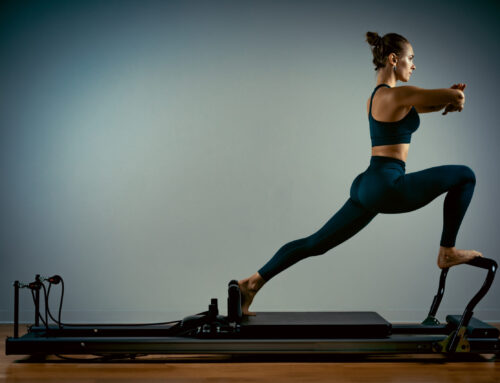I love when people walk into 15 To Fit and say, “Yeah, I know Pilates. I used to do yoga.” I tend to chuckle because I once said the same. These practices are very different from one another. Yoga is a spiritual discipline used to create energy, increase physical flexibility and find mental focus through meditation. Pilates has rehabilitative roots that aim to connect the mind and body to increase flexibility, strengthen muscles, improve coordination and balance and decrease stress.
History Lesson
It is believed that yoga began in Northern India about 5,000 years ago. During this era, people used the sacrifice of ego to gain wisdom and true peace. Over the years, yoga developed into a practice of religious meditation through chanting, stretches and poses to cleanse the mind and body and break up the binds that control physical existence. The evolution of modern day yoga includes western style gymnastic poses blended with various postures.
Comparatively, Pilates is modern in its origin with its inception only going back to World War I. Joseph Pilates never meant for his invention of “contrology” to be named after him. Growing up in Germany in the late 1800s, Joseph suffered from rheumatic fever, rickets and asthma driving him to create ways to strengthen his body and train his mind. As an adult, Joseph participated in various sports from fencing to gymnastics and boxing. While traveling in England during World War I, he was detained as a resident alien. During his captivity, he led his fellow prisoners through his experimental exercise regimen. His ability to increase detainees’ health brought him attention and popularity. After his release, he moved to America where he met his wife Clara. She partnered with him to develop contrology in New York City where it began a transformation into modern day Pilates.
Breathe Easier
Both Pilates and yoga focus intensely on breathing. Breathing links the mind and body to improve the flow of oxygen throughout the body and increase lung capacity. During your pilates fitness class, you will notice your breath being used to guide muscle groups to relax while others are engaged. Connecting to your inhalation and exhalation re-focuses awareness on the exercise bringing balance to the sympathetic nervous system and stimulating blood flow.
The Core Value
Pilates focuses on strengthening the body from the center or “core” outward — improving posture, stabilizing the body and elongating the spine. The goal is to provide lean muscle, not bulk. Deep core engagement builds muscles from external layers which is as important to the average business professional as it is to the overworked athlete. The benefits of flattening the stomach, preventing injury and alleviating back pain are all the cherry on top!
Equipment Components
Perhaps the easiest way to differentiate these two practices is to discuss the Pilates equipment and the meditative component of yoga. Yoga uses meditation in the beginning and end of class to connect to the mind and create spiritual enlightenment through poses. Therefore, the mind allows the body itself to be its machine or resistance. Pilates utilizes the reformer, cadillac, chair, barrel, etc. with precise movements to strengthen from the core out. The workouts tend to quicken in pacem but are slow to train the body in precision and control.
Conclusion
So next time you hear someone say that Pilates and yoga are basically the same, you’ll know better. Perhaps we can begin to view the methods as a way to complement the mind and body in their own unique ways.
~April Hernandez



